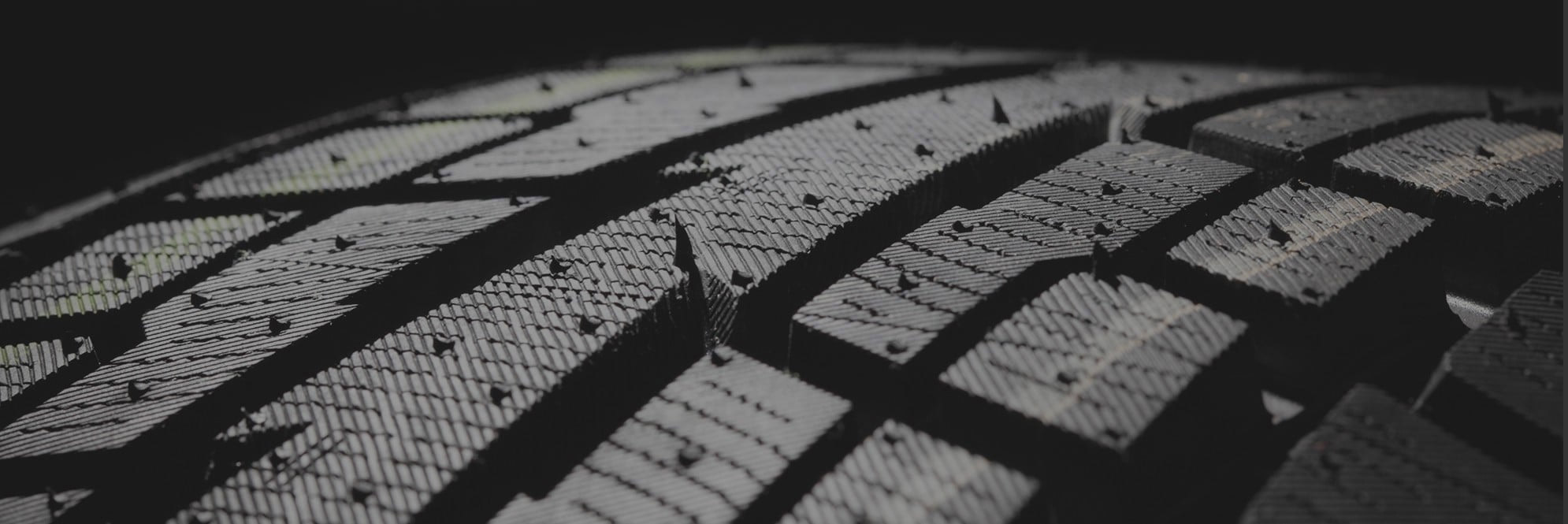Paintable PVC Edge Banding for Versatile Home and Furniture Finishing Solutions
The Versatility of Paintable PVC Edge Banding
In the realm of woodworking and furniture design, attention to detail is paramount. One often-overlooked element that can significantly impact the aesthetics and durability of a finished piece is the edge banding. Among the various types of edge banding available, paintable PVC edge banding stands out for its versatility and practicality. This article will explore the features, benefits, and applications of paintable PVC edge banding, highlighting why it deserves a place in every craftsman's toolkit.
Understanding Paintable PVC Edge Banding
Paintable PVC edge banding is a thin strip of polyvinyl chloride specifically designed for finishing the exposed edges of manufactured boards, such as particleboard, MDF (medium-density fiberboard), and plywood. Unlike traditional wood veneer edge banding, PVC edge banding offers several advantages. One of the most significant features is its ability to be painted, allowing for seamless integration with the overall design of a piece.
Advantages of Paintable PVC Edge Banding
1. Durability and Resistance PVC is inherently resistant to moisture, chemicals, and scratches, making it an ideal choice for high-traffic areas or environments where furniture may be exposed to liquids or heavy wear. Unlike traditional wood, paintable PVC edge banding will not swell or warp when exposed to moisture.
2. Customizability One of the primary benefits of paintable PVC edge banding is its capacity for customization. Since it can be painted, it allows for a wide range of color matching with the surface material. This feature is particularly valuable for designers who wish to create a cohesive look across their furniture pieces.
3. Ease of Application Paintable PVC edge banding can be applied easily using either a hot melt adhesive or an iron-on method, depending on the specific product and the application techniques of the craftsman. This ease of installation saves time and contributes to a professional finish.
paintable pvc edge banding

4. Cost-Effectiveness Compared to solid wood or high-quality veneer, paintable PVC edge banding is often more affordable. It provides an economical solution for finishing edges while still offering a high-quality appearance and functionality.
5. Environmental Considerations Many manufacturers produce PVC edge banding with recycled materials, making them an environmentally friendly choice. Furthermore, the long lifespan of PVC reduces the need for replacements, thereby decreasing waste over time.
Applications of Paintable PVC Edge Banding
The applications of paintable PVC edge banding are diverse and span various industries. In the furniture industry, it is widely used for cabinets, tables, and desks. Additionally, it is a popular choice for packaging and fixtures in retail environments due to its durability and ability to withstand heavy use.
In the DIY community, paintable PVC edge banding is gaining traction among hobbyists and crafters looking to elevate their projects. Whether it’s refurbishing old furniture or creating custom shelving units, the ease of use and paintability make it an attractive option.
Moreover, the construction industry benefits from paintable PVC edge banding for finishing interior elements like built-in storage, window sills, and door frames. The moisture resistance of PVC is particularly beneficial in areas prone to humidity, such as kitchens and bathrooms.
Conclusion
Paintable PVC edge banding is a remarkable solution for those seeking durability, aesthetic appeal, and versatility in their woodwork projects. Its unique ability to be painted allows woodworkers and designers to match colors seamlessly, providing a professional finish that enhances the overall design. With its many advantages and applications, paintable PVC edge banding is undoubtedly a valuable addition to any workshop or design toolbox. Whether you're a seasoned craftsman or a novice DIYer, using paintable PVC edge banding can help achieve that perfect finishing touch that elevates your project to the next level.
-
Under Door Draught Stopper: Essential ProtectionNewsJul.31,2025
-
Garage Door Seal and Weatherstrips for ProtectionNewsJul.31,2025
-
Edge Banding Tape for Perfect EdgesNewsJul.31,2025
-
Table Corner Guards and Wall Corner ProtectorsNewsJul.31,2025
-
Stair Nose Edging Trim and Tile Stair SolutionsNewsJul.31,2025
-
Truck Bed Rubber Mats for Pickup BedsNewsJul.31,2025
-
Window Weather Stripping for Noise ReductionNewsJul.29,2025